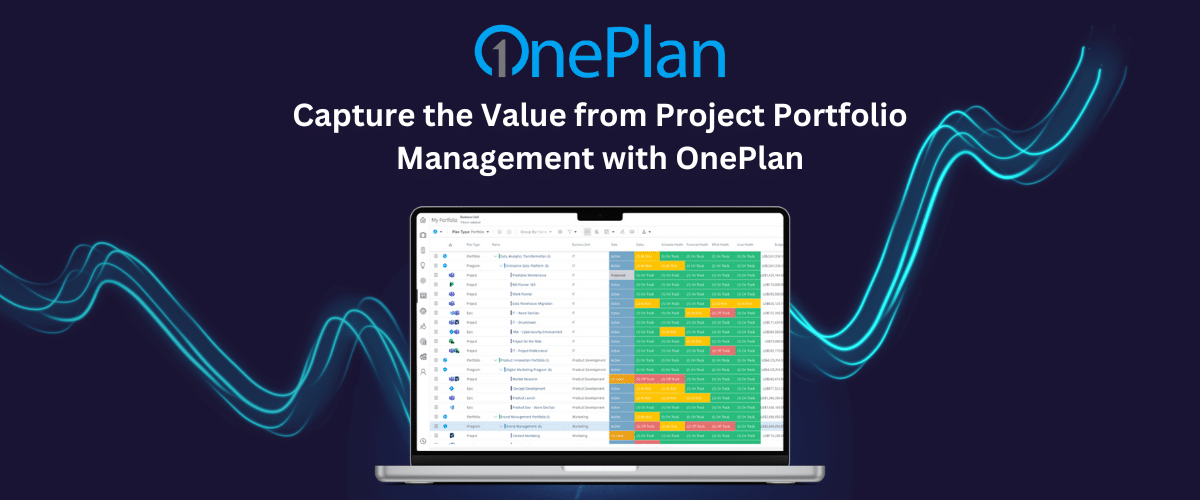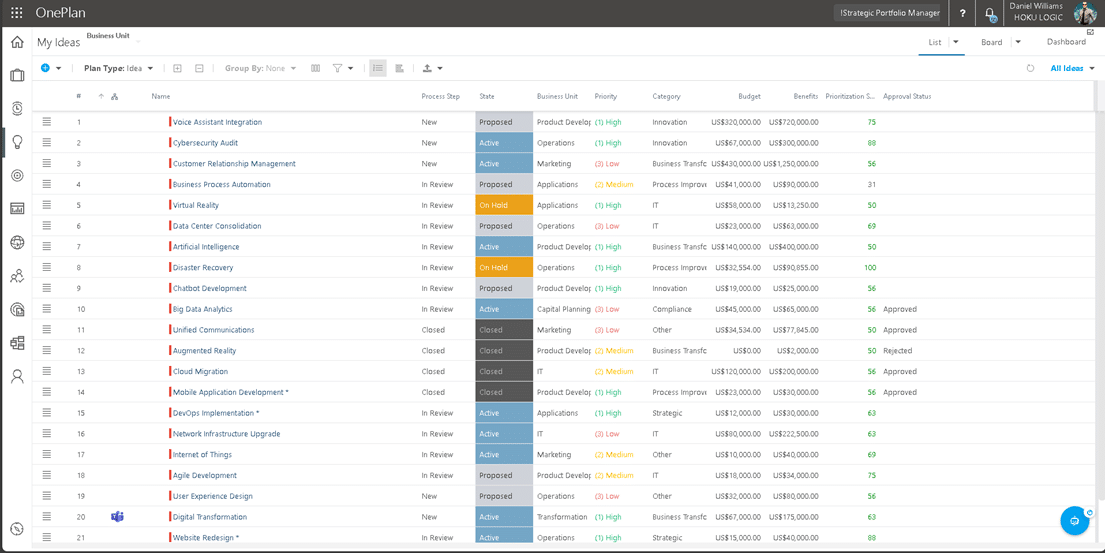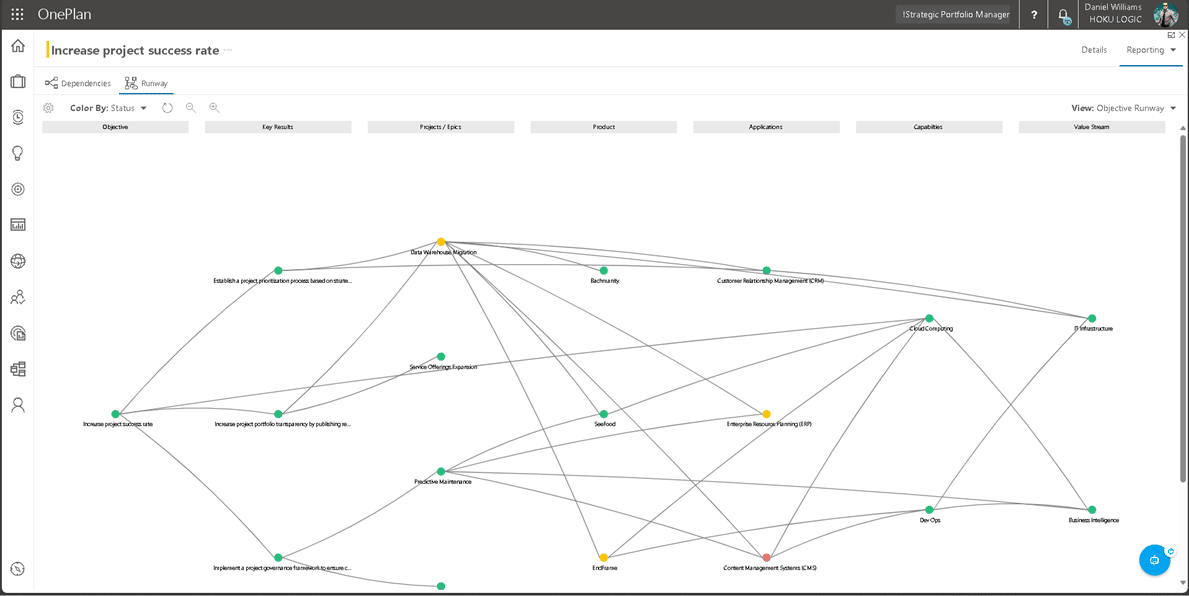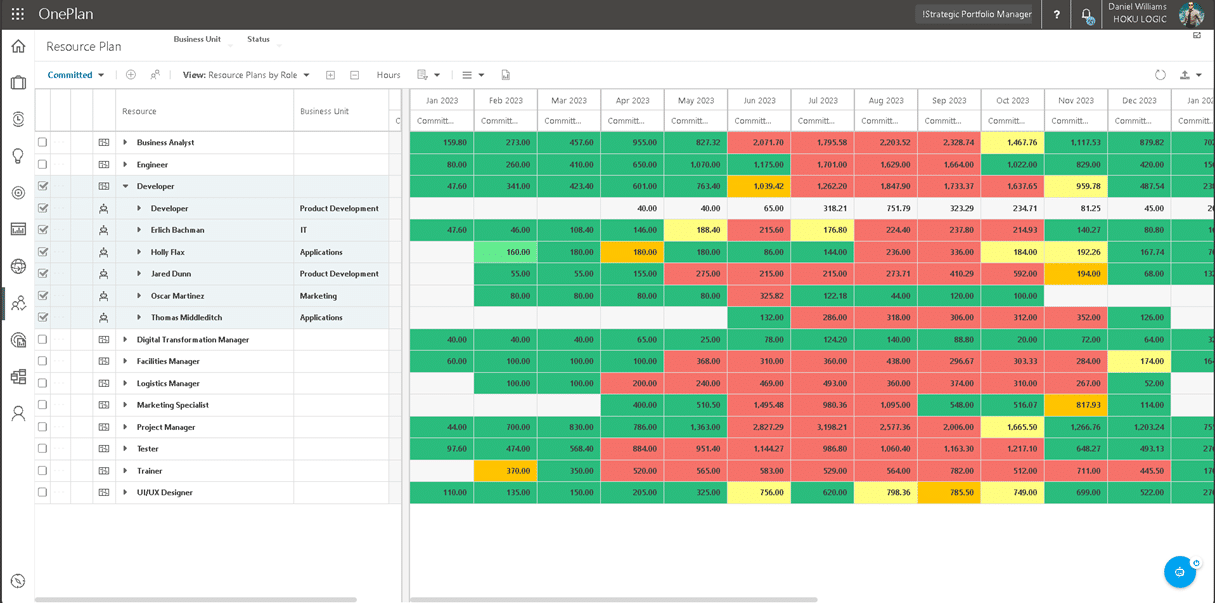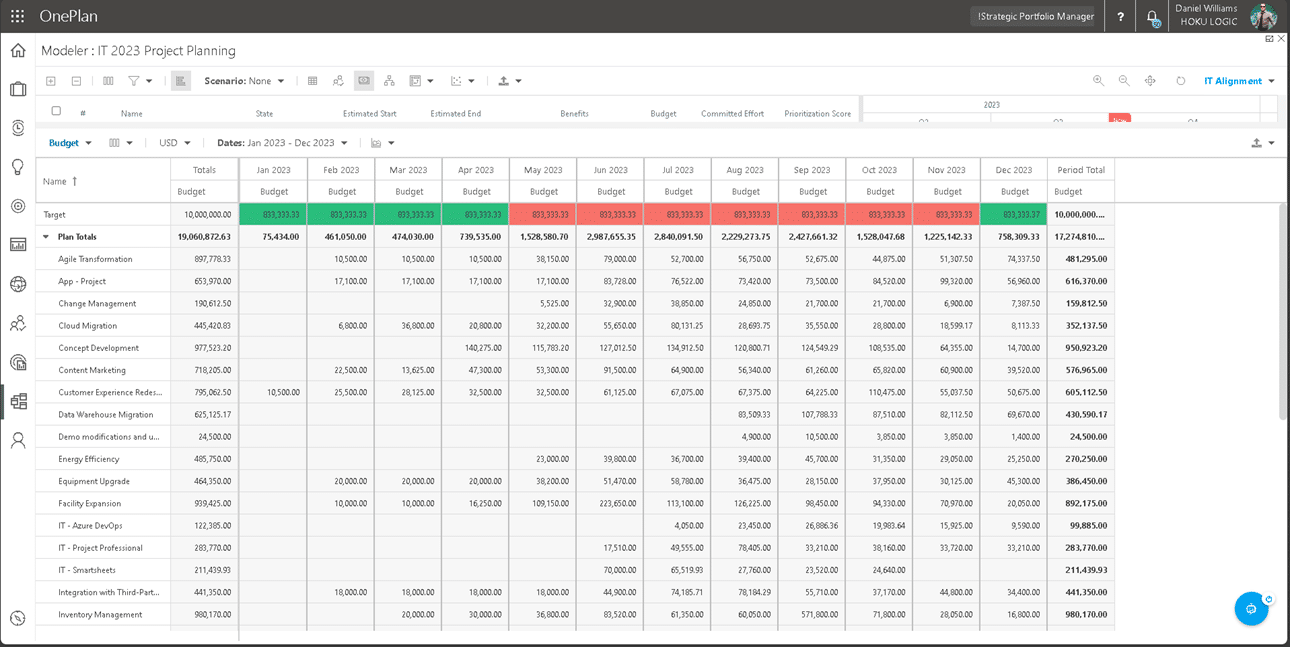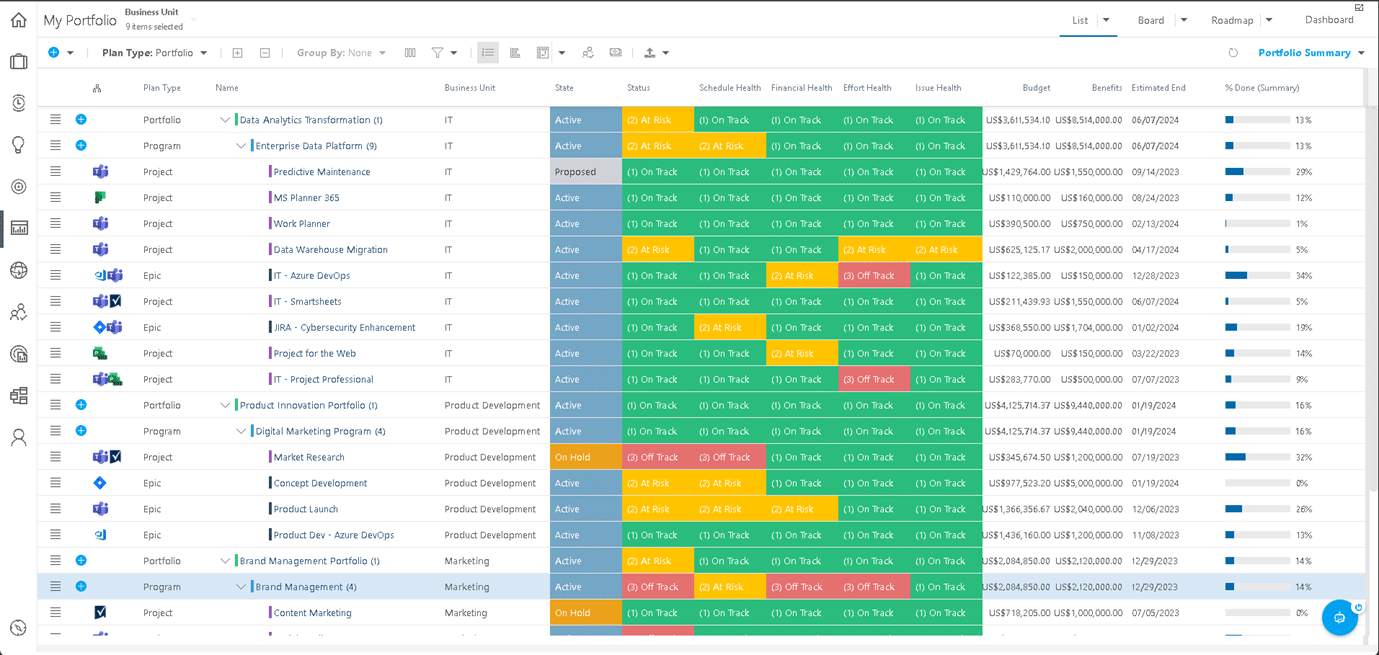Each week, the team at OnePlan engages in comprehensive discussions with hundreds of clients, spanning various industries and operational challenges, to explore how Project Portfolio Management (PPM) can deliver transformative benefits. These discussions encompass an array of use-cases, from strategic execution to the streamlined delivery of project portfolio management services. Despite the evident advantages, organizations often exhibit hesitancy in embarking upon a PPM optimization initiative. While some organizations cite internal competing projects or limited budget allocations as reasons for delay, it is critical to recognize that procrastination inevitably results in forgoing the tangible compelling benefits that PPM can offer.
Why Project Portfolio Management (PPM) is More Than Just a Management Discipline — It’s a Competitive Differentiator
Project Portfolio Management is not merely a tool for organizational governance; it is, in essence, a strategic lever for gaining a competitive advantage in today’s complex business landscape. PPM has the capacity to significantly enhance resource utilization, prioritize projects with the greatest strategic impact, and align organizational activities with overarching business objectives. Given this profound potential, any postponement in PPM optimization is not just a delay but the costly sacrifice of crucial financial benefits. Below are the critical process areas where efficiency gains are not just possible but imperative, and where immediate intervention is essential to capture the value from PPM.
Ideation and Demand Management: The Starting Point of Innovation and Efficiency
The PPM journey commences at the ideation and demand management phase, an arena often fraught with inefficiencies and suboptimal decisions. Absent a robust system for the capture of all ideation and demand management, unchecked ideas can devour invaluable resources that could otherwise be deployed more productively. The Project Management Institute (PMI) posits that effective demand management is a cornerstone for success in portfolio management. Procrastination in optimizing this critical phase could result in missed opportunities for innovation, a decline in competitive positioning, and a potential erosion of market share. With an improved ideation process, organizations should aspire to achieve a 90% alignment of projects with organizational objectives, while simultaneously reducing the cycle time for idea approval by at least 25%.
Strategy Definition and Alignment with Strategic Initiatives: Navigating with a Clear Compass
An organization’s strategy serves as its guiding North Star. Any projects that do not align with this strategy are akin to sailing rudderless ships in uncharted waters. PPM is pivotal in ensuring that the portfolio of selected projects resonates perfectly with the organizational strategy, thereby maximizing ROI and eliminating resource wastage. Whether through association with strategic themes or articulation of well-defined Objectives and Key Results (OKRs), the definition of the strategy-initiative linkages is indispensable. Here, all projects should manifest a direct correlation with the organizational strategy, with at least 60% of time devoted to strategic work versus other tasks. All initiatives should have some connection to strategy of the organization.
Project Selection and Prioritization: Making Smart Choices for Maximized Returns
In the realm of project portfolio management, effective resource allocation is the linchpin for preventing bottlenecks and ensuring that high-impact projects receive the resources they rightly deserve. To make an impact, both project resource management and project portfolio resource management need to be addressed in tandem. Postponing enhancements in this vital area could result in resource bottlenecks, reduced productivity levels, and an escalation in project costs. A well-managed portfolio should maintain an overallocation of resources below 10%, keeping the resource churn rate under 5%.
Project Portfolio Budget and Cost Management: Safeguarding Financial Integrity
Mismanaging budget and costs can have dire consequences on a project’s success and, by extension, the financial well-being of the organization. Rigorous budget planning and vigilant cost monitoring are requisite for project value delivery without jeopardizing financial stability. Delays in this area lead to cost overruns, reduced profitability, and even tarnish the organization’s reputation. An efficient process should aim for an actual cost overrun rate below 10%, with budget utilization targets exceeding 95%.
Portfolio and Project Status Reporting: A Beacon for Informed Decision-making
Among the myriad benefits of a PPM initiative, enhancements in portfolio and project status reporting are perhaps the most compelling. Transparent, timely, and accurate reporting mechanisms are imperative for empowering stakeholders to make judicious decisions. Any delays can lead to diminished visibility into project performance, elevated risks, and an undermining of decision-making efficacy. With a PPM-driven improvement initiative, the delivery times for status reports should be reduced by 30%, while accuracy should escalate to 90%.
In Conclusion: The Time to Act is Now
Any postponement in initiating a PPM improvement initiative can substantially undermine an organization’s strategic planning and execution capabilities. It is thus imperative that these enhancements are prioritized to bolster organizational efficiency, sharpen competitive edges, and pave the way for sustainable value creation. The cost of inaction is high; hence, the time to act to rectify these inefficiencies and catapult your organization into a future of optimized project portfolio management with OnePlan PPM capabilities is now.

